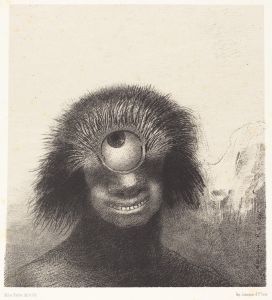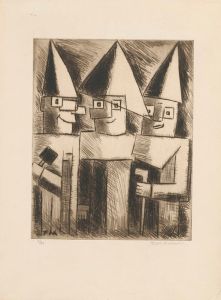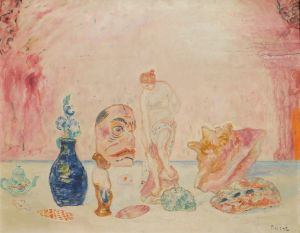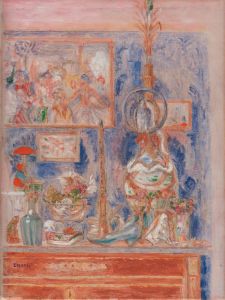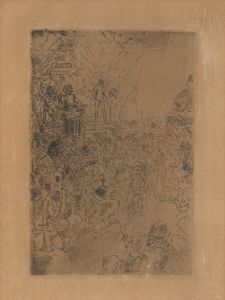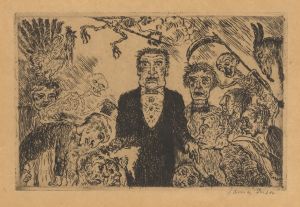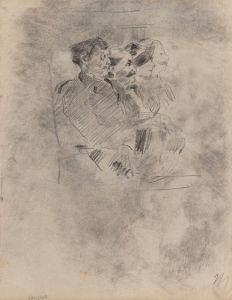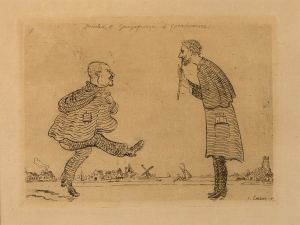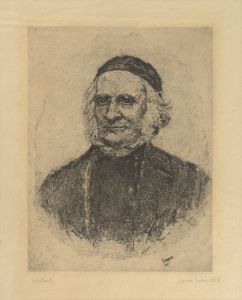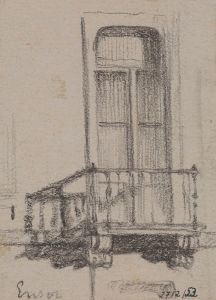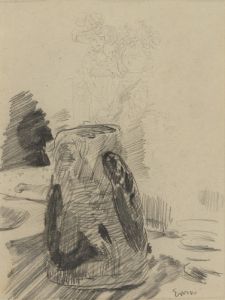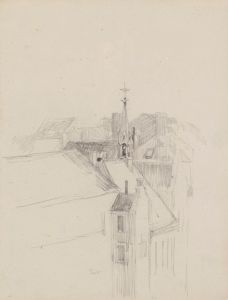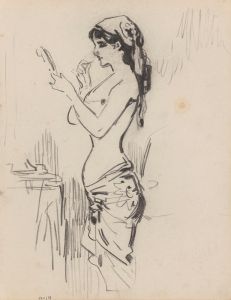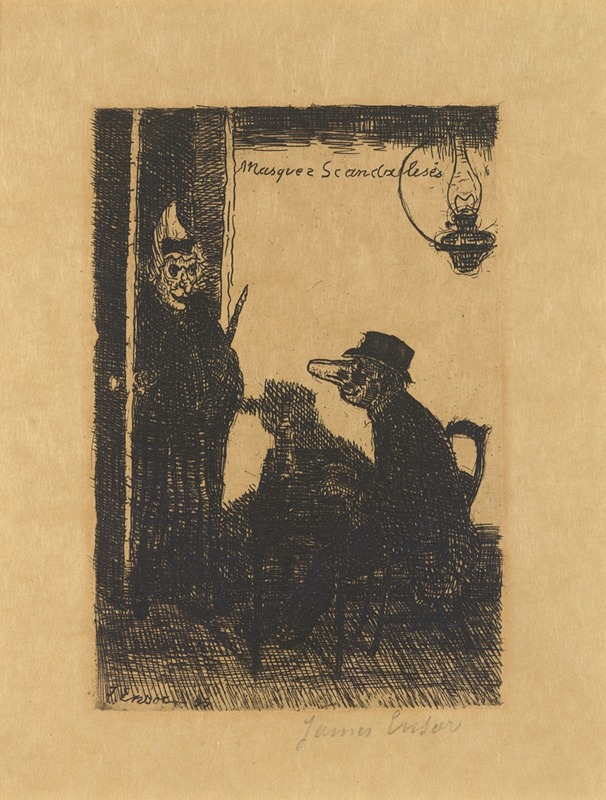
Geërgerde maskers
A hand-painted replica of James Ensor’s masterpiece Geërgerde maskers, meticulously crafted by professional artists to capture the true essence of the original. Each piece is created with museum-quality canvas and rare mineral pigments, carefully painted by experienced artists with delicate brushstrokes and rich, layered colors to perfectly recreate the texture of the original artwork. Unlike machine-printed reproductions, this hand-painted version brings the painting to life, infused with the artist’s emotions and skill in every stroke. Whether for personal collection or home decoration, it instantly elevates the artistic atmosphere of any space.
James Ensor's painting Geërgerde maskers (translated as Indignant Masks) is a notable work by the Belgian artist, created in 1883. Ensor, a key figure in the Symbolist and Expressionist movements, is renowned for his distinctive style and his frequent use of masks as a central motif in his art. This painting exemplifies his fascination with masks, which he used to explore themes of identity, hypocrisy, and the human condition.
In Geërgerde maskers, Ensor depicts a group of grotesque, exaggerated faces, many of which are adorned with masks. The figures appear to be engaged in a tense or confrontational interaction, their expressions ranging from anger to disdain. The composition is characterized by its vibrant colors, dynamic brushwork, and a sense of theatricality, all hallmarks of Ensor's style during this period. The masks in the painting serve as a metaphor for the duplicity and artificiality of social interactions, a recurring theme in Ensor's oeuvre.
The painting reflects Ensor's broader artistic concerns and his critical view of society. Living in Ostend, a coastal city in Belgium, Ensor was deeply influenced by the carnival traditions of the region, which often featured elaborate masks and costumes. These traditions provided him with a rich visual vocabulary to critique the moral and social pretensions of his time. The masks in Geërgerde maskers can be interpreted as a satirical commentary on the facades people wear to conceal their true selves.
Ensor's work was often met with mixed reactions during his lifetime. While some praised his originality and boldness, others found his style and subject matter unsettling. Despite this, he is now regarded as a pioneering artist who anticipated many of the developments in modern art, including Surrealism and Expressionism.
Geërgerde maskers is part of Ensor's early body of work, created during a period when he was experimenting with themes and techniques that would define his career. The painting is housed in the Royal Museum of Fine Arts in Antwerp, Belgium, where it continues to be studied and appreciated for its artistic and historical significance.





